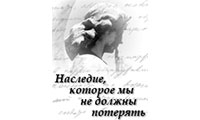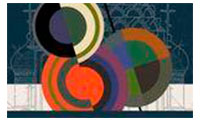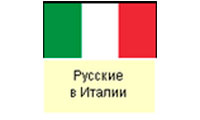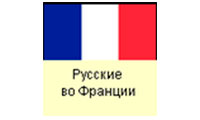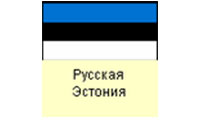Georgy Shelkovoy
Georgy Shelkovoy (27th of April 1926, North Caucasus Krai, Russian SFSR – 2nd of February 2005, Riga, Republic of Latvia) – an artist.
Georgy Shelkovoy was born in the village of Giaginskaya in the North Caucasus Krai into a peasant family. In his village he graduated from high school in 1942. He spent several month living in the Nazi-occupied territory, ‘doing nothing’, as he indicated in his autobiography. In the April of 1943, Shelkovoy was drafted into the army. As a member of an anti-aircraft machine-gun regiment he participated in the Second World War. He fought on the sections of the 3rd and 4th Ukrainian Fronts, went through Romania, Hungary and Austria. He finished the war on 8 May 1945 in Vienna (he was awarded the medal ‘For Victory over Germany’).
At the end of the war Shelkovoy continued his service and was demobilised in 1952 with the rank of sergeant (medal ‘30 years of the Soviet Army and Navy’). Without taking time off from service he graduated from a two-year painting and drawing studio at the Batumi House of Culture (teacher B.F. Brekvadze), as well as from a two-year party school at the military unit.
In 1952, Silkovoy entered the easel painting department of the Latvian State Academy of Arts (LSAA), successfully completed the first course, but due to illness was forced to interrupt his studies and resumed them only in 1956. In 1958 he enrolled in the workshop of Prof. Eduards Kalniņš. Among his teachers, we should also mention Janis Tilbergs, Arvids Egle, Konrads Ubans, Oto Skulme, Uga Skulme, Vladimir Kozin and Valdis Dishlers. Poor health prevented Shelkovoy from achieving outstanding results during his years of study, but was not an obstacle to his successful graduation from the LSAA in 1961 (diploma work ‘In the Sardine Shop’, supervised by E. Kalniņš).
Georgy Shelkovoy belonged to those artists who do not stop in their development. He worked a lot on himself after graduating from the Academy, tirelessly experimenting with form, changing techniques and directions. He studied himself and taught others - first in Riga and then in Jurmala, where he moved in the early 1970ies. Until 1986, Shelkovoy taught at Kauguri Eight-Year School No. 2. For many years he had been running an art studio in the House of Culture of the Sloka Pulp and Paper Mill. In 1994-95 he taught at the Christian Academy, worked with students at the Institute of Practical Psychology in Riga, and had many private pupils, more often ladies.
The artist Andrejs Germanis, who knew Georgy Shelkovoy well, told that shortly after graduating from the Academy, an episode occurred, which almost ended Shelkovoy's artistic career in Latvia. For some time he was forced to leave the republic. However, Shelkovoy's desire for greater creative and spiritual freedom, which was provided by the local artistic environment, was so powerful that he found the strength to start again, showing his own entrepreneurial spirit and ingenuity, but, above all, persistence and diligence. G. Shelkovoy had been participating in exhibitions since 1968. Being a member of the Jurmala group of artists, he joined the Latvian Union of Artists only in 1982.
G. Shelkovoy was greatly assisted and supported by his fellow artist A. Germanis and art historian Svetlana Haenko. In 1974, the first personal exhibition of G. Shelkovoy was held in Riga (next - in 1992, 1994, 1995, 1998), in 1975 - a personal exhibition in Jurmala (next - in 1977, 1981, 1984, 1986, 1996), in 1978 - in Tukums (next - in 1992, 1994, 1997). G. Shelkovoy's works are kept in the collections of the Art Fund, Jurmala Museum, Baltic International Academy, International Institute of Practical Psychology, as well as in private collections.
Georgy Shelkovoy died of a heart attack on 2 February 2005. He was buried in the Forest Cemetery in Riga.
Source of information:













